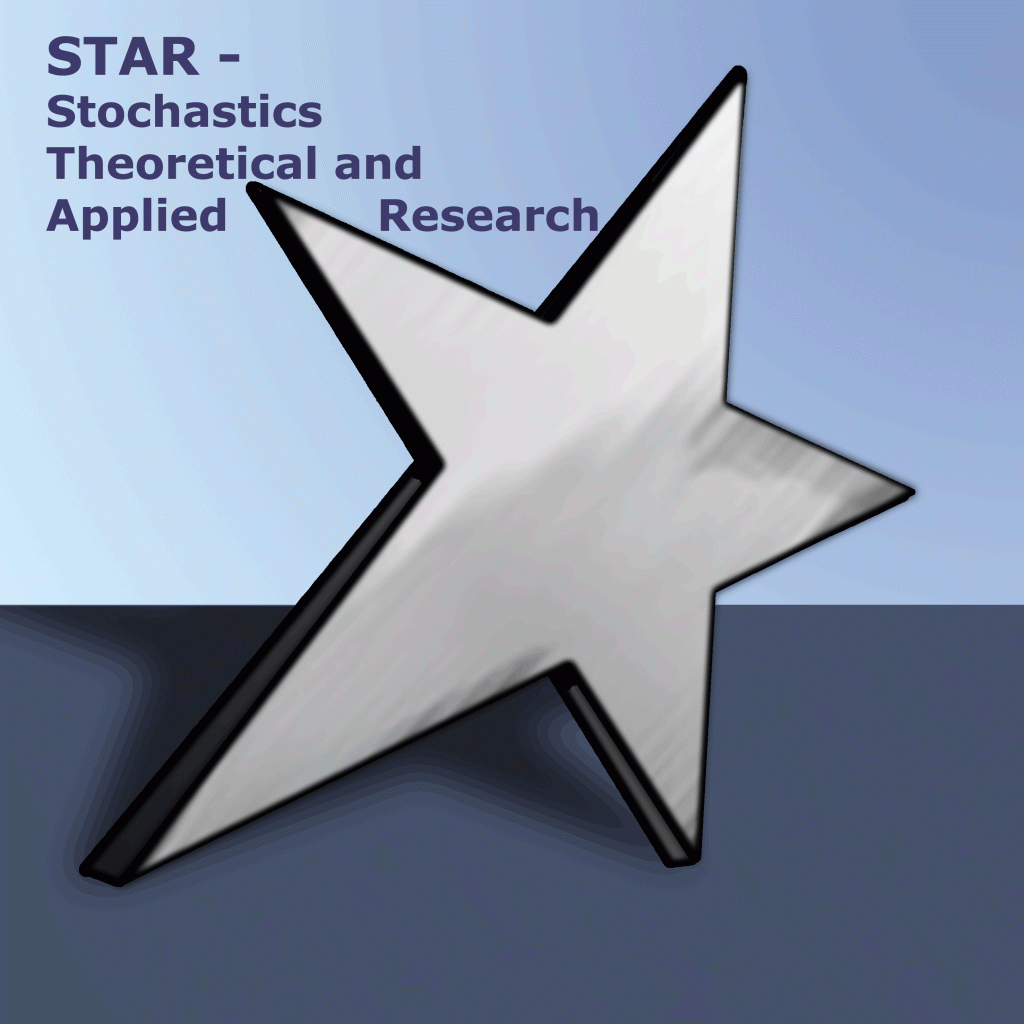
- This event has passed.
YES VI: “Statistics for Complex and High Dimensional Systems”
Jan 28, 2013 - Jan 29, 2013
Summary
The dramatic improvement in data collection and acquisition technologies in the last decades has allowed for the monitoring and study of extremely complex systems, such as biological, social and computer networks. The extremely complex and high-dimensional nature of these systems, and the dramatic growth in dataset sizes gives rise to important research questions: how to perform meaningful statistical inference from very large and potentially corrupted complex data sets? Which properties of these complex systems can be inferred from such data? Can sound inference methodologies be also made computationally feasible? These and other questions have recently attracted the attention of a large number of researchers worldwide and, although important progress has been made in recent years, there are still many open and emerging problems in the general area of statistical inference in complex and high-dimensional systems
The aim of the YES workshop “Statistics for Complex Networks and High Dimensional Systems” is to introduce this broad field of research to young researchers, in particular Ph.D. students, postdoctoral fellows and junior researchers who are interested and eager to tackle new challenges in the study of complex networks. The workshop will consist of tutorial courses given by some of the world experts in the field, each consisting roughly of 3 hours of lectures. This workshop immediately precedes the workshop Statistics for Complex Networks and provides a solid introduction for the general topical area of that workshop.
Sponsors


Organizers
| Rui Castro | TU Eindhoven |
| Geurt Jongbloed | TU Delft |
Tutorial Speakers
| Eric Kolacyk | Boston University |
| Johan Koskinen | University of Manchester |
| Martin Wainwright | University of California – Berkeley |
Invited Speakers
| Ivan Vujacic | University of Groningen |
| Abdolreza Mohammadi | University of Groningen |
| Nynke Niezink | University of Groningen |
Programme
|
|
Abstracts
Eric Kolaczyk
Statistical Analysis of Network Data
Over the past decade, the study of so-called “complex networks” — that is, network-based representations of complex systems — has taken the sciences by storm. Researchers from biology to physics, from economics to mathematics, and from computer science to sociology, are more and more involved with the collection, modeling and analysis of network-indexed data. With this enthusiastic embrace of networks across the disciplines comes a multitude of statistical challenges of all sorts — many of them decidedly non-trivial. In this tutorial, we will cover a brief overview of the foundations common to the statistical analysis of network data across the disciplines, from a statistical perspective, in the context of topics like network summary and visualization, network sampling, network modeling and inference, and network processes. Concepts will be illustrated drawing on examples from bioinformatics, computer network traffic analysis, neuroscience, and social networks.
Presentation part 1 ; Presentation part 2 ; Presentation part 3
Johan Koskinen
Statistical analysis of social networks
This tutorial will focus on the analysis of social networks with an emphasis on the type of inferences that are typically sought in social science applications. In the standard social network analysis paradigm, networks are generally of smaller sizes, contained by well-defined contexts, and a detailed understanding of the processes that gave rise to them is strived for. The tutorial has three themes. First we will review basic data structures and the past history of methodological developments – from non-parametric approaches to null-distribution-based testing – with a view to understanding the particular issues of doing statistical analysis for complex network structures. In the second theme we will focus on the analysis of cross-sectional data through exponential random graph models (ERGM). We will approach ERGM both as a pragmatic tool for modelling networks through lower-dimensional statistics and as derived from principled assumptions about dependencies among tie-variables. Issues of estimation and interpretation will be covered by way of empirical examples. An orientation to extensions of ERGM to more general network objects will be given. The third theme will introduce stochastic actor-oriented models (SAOM) for the analysis of dynamic, longitudinal networks. SAOM is the current best method for analysing network panel data and has a very general formulation that lends itself to easy extension to many types of processes. In essence, the SAOM is a discrete Markov process in continuous time, where the emphasis is on modelling the embedded jump-transitions between states. We will go through the basic modelling framework and estimation strategies and then discuss recent and forthcoming extensions.
Presentation (Why statistics) ; Presentation (ERGM) ; Presentation (IntroSAOM)
Martin Wainwright
Graphical models and message-passing algorithms: some introductory lectures
Graphical models combine ideas from probability theory and
graph theory, and play a central role in many sub-disciplines of
statistics, applied mathematics and computer science (among them
computer vision, error-control coding, satisfiability, and
computational biology). In this three-part series, we provide an
introduction to the basics of graphical models, efficient
message-passing algorithms for computing likelihoods and marginals,
and the problem of graphical model selection.
Tutorial notes on basics of graphical models:
http://www.eecs.berkeley.edu/~wainwrig/Graphical/Wai12_Basics.pdf
More advanced research monograph on graphical models and variational methods:
https://people.eecs.berkeley.edu/~wainwrig/Graphical/WaiJor08_FTML.pdf
Presentation part 1 ; Presentation part 2 ; Presentation part 3
